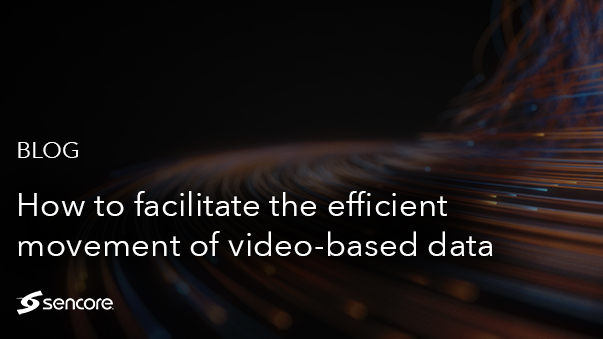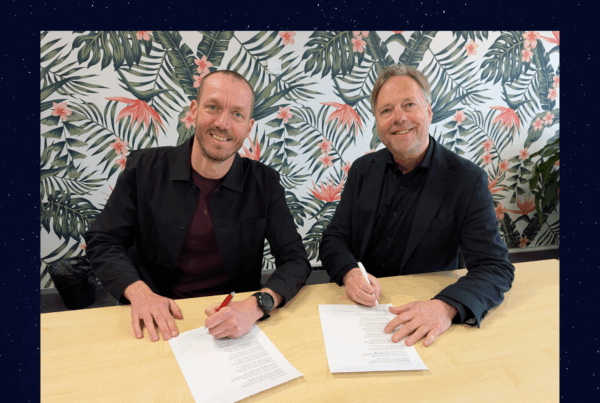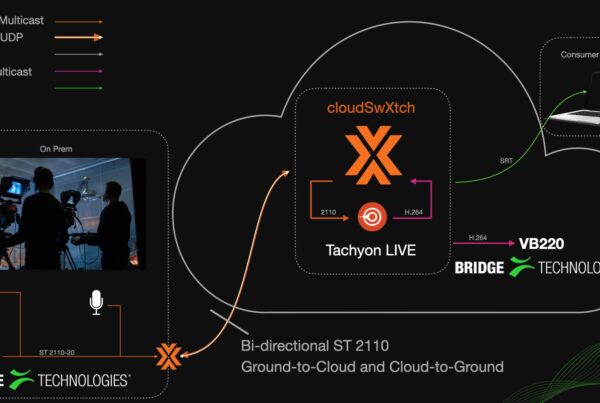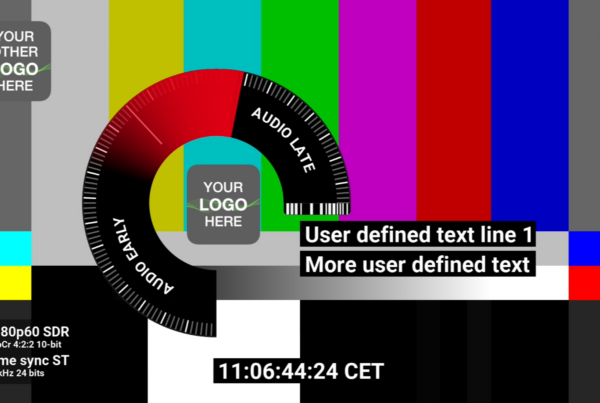Putting Pressure on the Internet Pipes
“The Internet is not something that you just dump something on. It’s not a big truck. It’s a series of tubes. And if you don’t understand, those tubes can be filled and if they are filled, when you put your message in, it gets in line and it’s going to be delayed by anyone that puts into that tube enormous amounts of material, enormous amounts of material”.
This now infamous speech from United States Senator Ted Stevens regarding how ‘the internets’ work has been widely ridiculed across the internet, and rightly so. But at the heart of his woefully confused metaphor is a grain of truth; whilst it’s easy to see data as an invisible, magical and limitless resource that pings around the world unimpeded, the reality is that it is subject to very real limitations; physical, logistical, financial and in relation to the fundamental laws of physics. Just like your bathroom plumbing.
So, short of ‘expanding the pipes’, what’s to be done when it comes to moving increasing volumes through an inherently limited infrastructure? The answer is straightforward in principle, but somewhat more complex in practice: don’t expand the plumbing, condense the water. (Obviously we don’t actually condense the water, then we’d have heavy water – and drinking that is a very bad idea).
But if we step away from our plumbing metaphor for a moment and return to the more familiar world of data, then there are a range of ways that we can ensure that a) the data is made as small and efficient as possible without a loss of quality, and b) when it does meet a ‘blockage’, it doesn’t back up and cause a mess all over the broadcast room floor (there’s those plumbing metaphors creeping in again).
At Sencore, our focus is on delivering both hardware and software products that facilitate the efficient movement of video-based data – making use of all available technological tricks to maximize efficiency, effectiveness and reliability. But what exactly are those technological tricks and how can they help broadcasters reduce costs and improve service quality?
Public plumbing
Sometimes the issue isn’t how big your pipes are, but more the fact that you don’t know who will be using them at any given time. Private CDNs (content delivery networks) ensure that you keep the riff-raff off your plumbing and leave it free and clear to handle only your data, but they carry with them one central problem: they’re hugely expensive.
Making use of the public internet is the alternative. But it’s a cluttered space out there, and moreover, it’s designed to handle not just video data, but all different kinds of data – all of which behave in different ways and carry with them different priorities and needs in relation to how they operate. There are two particular concerns: how do you make sure that pieces turn up (or at least, assemble) in order, and what do you do if bits go walkabout on their journey to the final destination, and have to be re-summoned? (With that re-summoning taking precious extra time).
 Enter the scene: Zixi, SRT and RIST – the latest generation of streaming protocols which aim to deal with those two concerns in the most efficient, effective way, taking account of the very specific data demands of video and the consumption concerns of discerning viewers. Allowing broadcasters to leverage the lower OpEX costs of public internet delivery whilst still ensuring acceptable QoS for viewers, these advanced encapsulation methods maximize quality and minimize latency, and are crucial to effective public internet video delivery.
Enter the scene: Zixi, SRT and RIST – the latest generation of streaming protocols which aim to deal with those two concerns in the most efficient, effective way, taking account of the very specific data demands of video and the consumption concerns of discerning viewers. Allowing broadcasters to leverage the lower OpEX costs of public internet delivery whilst still ensuring acceptable QoS for viewers, these advanced encapsulation methods maximize quality and minimize latency, and are crucial to effective public internet video delivery.
At Sencore, we’ve put support for these protocols front and center across an extensive range of products – not just in our hardware, but also in our software solutions – in particular, Centra Gateway.
Rolling with the punches
Another way of dealing with the uncertainty of network traffic and load is to alter the nature of what you choose to send based on conditions at the time. Higher resolutions deliver higher quality, but they demand higher bitrates. This means that in challenging conditions the decision always has to be an ultimate trade-off between latency and quality – the broadcast engineer’s perpetual see-saw. But who should make the decision about this trade-off, where, and how? That has always been the complicated question.
Adaptive Bitrate Streaming (ABR) takes the complexity out of the decision by automating it. By encoding at a range of bitrates (encapsulating within them various levels of quality) and then using adaptive bitrate technology, neither the engineer nor the viewer needs to consider the trade-off or take any action to implement a solution: the ideal balance between quality and latency is automated and adjusted in real-time, providing a seamless switch with minimal-to-no impact on viewer experience.
Again, integration of this technology into Sencore products is key: hardware such as the Omnihub XMINI or the CMA 1820 facilitate either ABR encoding or monitoring, ensuring that viewers are constantly provided with the best possible form of the content – without them or the engineer ever lifting a finger.
Clever codecs
And leaving perhaps the most obvious solution to last – simple (but not-so-simple) data compression. Compression standards continue to advance in a remarkable manner, condensing data to increasingly small levels, whilst eliminating the tell-tale signs that used to accompany heavy compression; artefacts, distortion, noise and errors. A multitude of compression standards exists, but perhaps the most significant on the market at the moment is JPEG XS. This visually lossless compression standard condenses files at a ratio of 10:1, significantly reducing the bandwidth requirements of ST 2110 or SDI transmissions.
And again, no surprise, this is another technological trick supported throughout the Sencore product range – be that with our DMG 4000, which facilitates JPEG XS compression with less than one frame of latency, or our range of monitoring probes, which all maintain the capacity to monitor JPEG XS compressed video.
The nature of the beast
Video is a very specific creature; it requires those who wish to handle – and even tame – it to know and understand its particular quirks, and understand the fact that context and environment matter in the approach you take. A lot. At Sencore, our expertise in the field of video solutions means that not only do we maintain a portfolio of products which embody all of the most progressive technological tricks developed for efficient, reliable and effective video handling – from ingest to playout – but we also maintain the expertise needed to advise you on what solution is best suited to the specifics of your operational environment and deployment context. So whilst we may not be that handy with a plumbing wrench, when it comes to moving data along the ‘internet pipes’, there’s nobody better placed than us.






